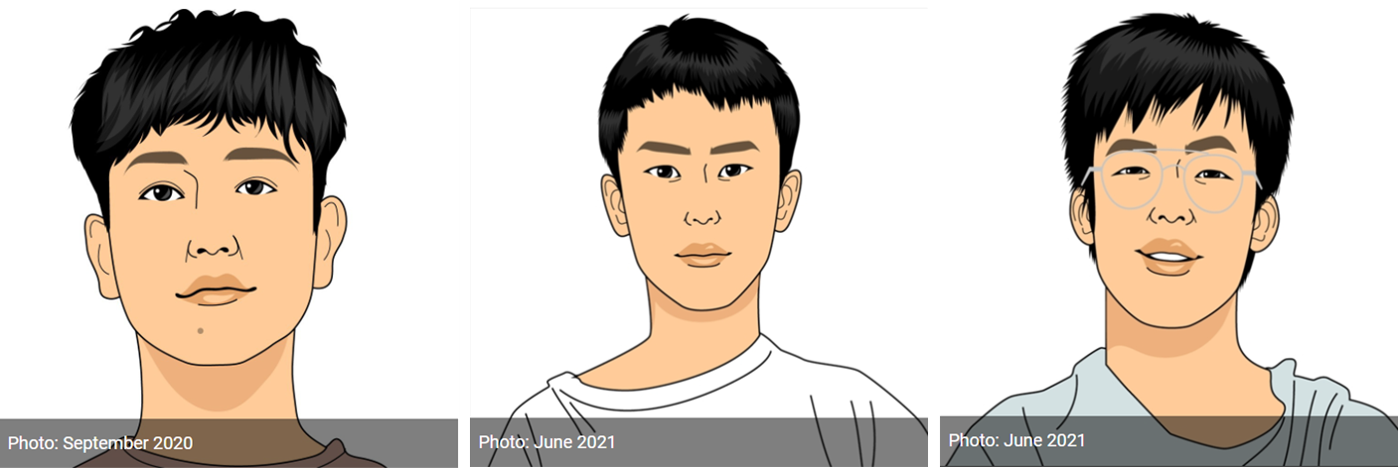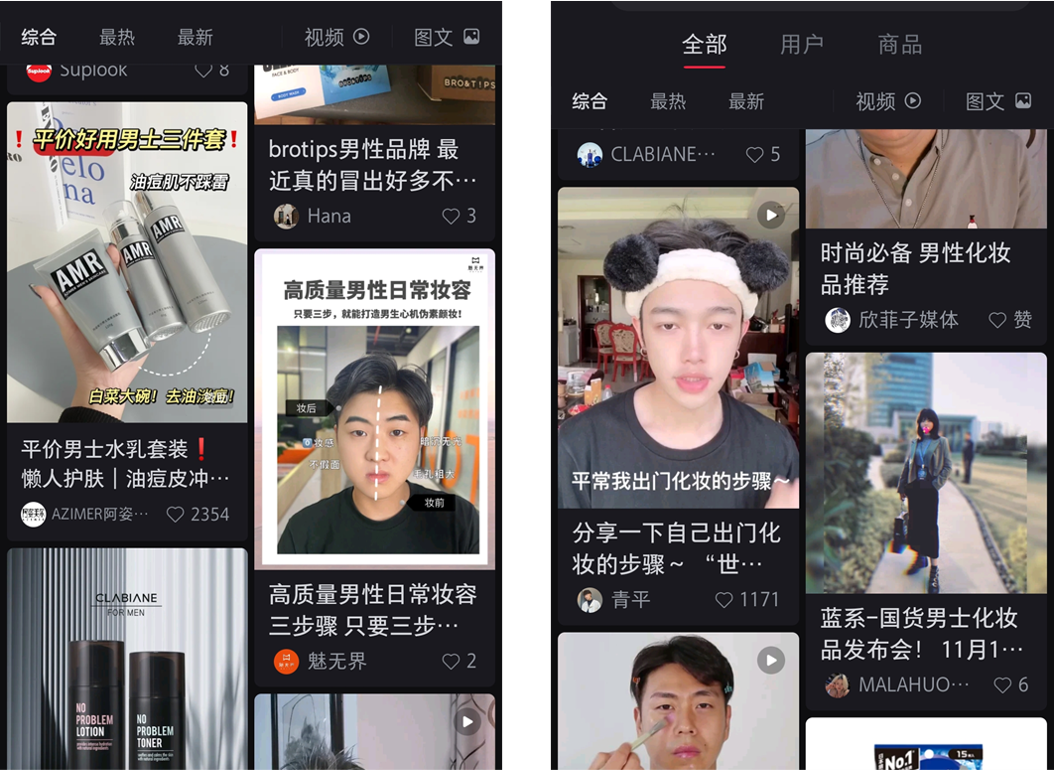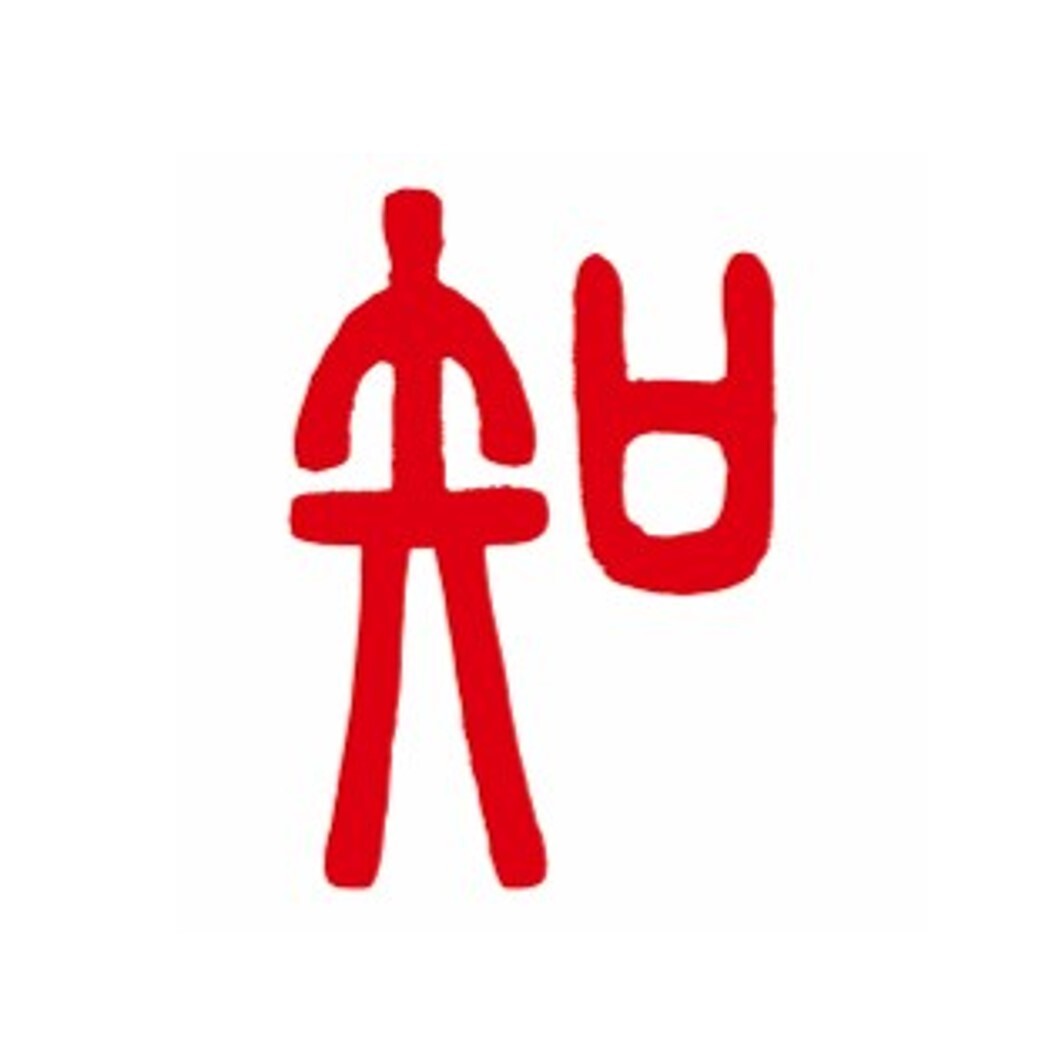[China: World Residence Tour] Men's use of cosmetics influenced by the "face value economy"
- Release date: Feb 09, 2022
- Update date: Sep 10, 2025
- 8243 Views
Among China's youth, as aesthetic awareness grows, the phrase “facial value is justice” is also spreading. The Chinese term “facial value” refers to one's facial attractiveness score, which involves innate factors but can also be altered through acquired effort. As a result, makeup has become an increasingly important part of this acquired effort for many people. Moreover, this concept has permeated not only women but also men. This has become a major driving force behind the current push for the “facial value economy.” This time, using information from Consumer Life Panorama, we explore how young Chinese men are using cosmetics, influenced by this “facial value economy.”

What is Consumer Life Panorama?
This is a website-type database that has accumulated visual data on more than 1,000 sei-katsu-sha from 18 countries around the world. The database includes many 3D models of living environments and 2D data of items owned by each sei-katsu-sha, and is useful for understanding overseas sei-katsu-sha, which is difficult to grasp using only letters and numbers.
Using visual data such as those cited in this column,
Compare the differences in the attributes of overseas consumers
To get a realistic understanding of the actual usage of each category
To understand the overall lifestyle of target consumers
etc., can be utilized as a “no-go” home visit survey.

The “Face Value Economy” Spreading to Men
In recent years, a new market has been emerging in China's fiercely competitive cosmetics industry, where local and international brands vie for dominance. This new segment targets cosmetics for young men. Among them, those aged 25 and under—the so-called Generation Z—exhibit a significantly higher obsession with beauty compared to older generations. Coupled with women's makeup needs and young men's rising aesthetic awareness, China's “face value economy” is experiencing explosive growth.
The rise in men's aesthetic awareness is particularly evident in the significant increase in cosmetics consumption. While makeup and skincare for men are now commonplace in Japan and South Korea, China still had many negative opinions just a decade ago. However, things have changed dramatically recently. Three factors are considered responsible for this shift. First, the rising economic status of women in recent years has heightened their expectations for men's appearance. Second, the awakening of male consumer consciousness has led men to place greater importance on self-care. Third, the proliferation of e-commerce has made cosmetics easily accessible online for male consumers—who prioritize convenience and efficiency over women—eliminating the need to visit physical stores.
Additionally, social media posts are increasing. One indicator of this trend is the rise of male beauty bloggers, exemplified by figures like Li Jiaqi, a famous Chinese YouTuber known as the “Lipstick Prince.” For instance, the platform RED (Xiaohongshu) was previously perceived as primarily used by women. Women used RED (Xiaohongshu) to share posts about cosmetics and fashion. Now, the user base has expanded, with male users also joining, leading to an increase in posts about cosmetics and fashion targeted at men.

Content about men's makeup shared on RED (Xiaohongshu). (From the author's app)
Actual Use of Cosmetics
From here, we will introduce the cosmetics owned by male consumers registered in the Consumer Life Panorama while explaining the actual usage patterns of men's cosmetics.

List of cosmetics owned by the subject. (From left: CN_13, CN_97, CN_100)
(Source: Consumer Life Panorama)
The three individuals introduced here are all under 25 years old and reside in Shanghai, representing so-called Generation Z consumers. I would like to highlight three characteristics regarding the use of cosmetics among young Chinese men that I have observed.
First, men tend to buy skincare products before makeup. Unlike women, men naturally prioritize a fresh, clean look. Therefore, they prefer skincare items like face masks, cleansers, and toners. In fact, checking the cosmetics owned by Gen Z men registered in Consumer Life Panorama reveals that all three possess skincare products. Regarding makeup, I suspect more men purchase foundation and concealer compared to other categories.
Second, I prioritize functionality over price. When purchasing products, I focus first on whether they suit me, rather than fixating on specific brands or buying expensive items.
Third, the “national trend” is also impacting the male market. While overseas brands that entered China early—such as Japanese and Western brands—lead the market as top players, domestic brands are also growing. In fact, checking the cosmetics owned by CN_13 registered in Consumer Life Panorama reveals they use a moisturizing cream from the domestic brand “Xunhuiji,” which emphasizes the use of natural aloe ingredients. While it may not be mainstream yet, its presence is undoubtedly growing.
-

Author profile
ヤンイェン
A Chinese researcher based in Japan who primarily shares insights on overseas consumer lifestyles, focusing on China. For moisturizing, I occasionally use lotion or cream.
-

Editor profile
Yusuke Tatsuda
I'm in charge of building the Global Market Surfer website. I've started using toner, but the mental hurdle to wearing makeup is still huge.
 Global Market Surfer
Global Market Surfer CLP
CLP


